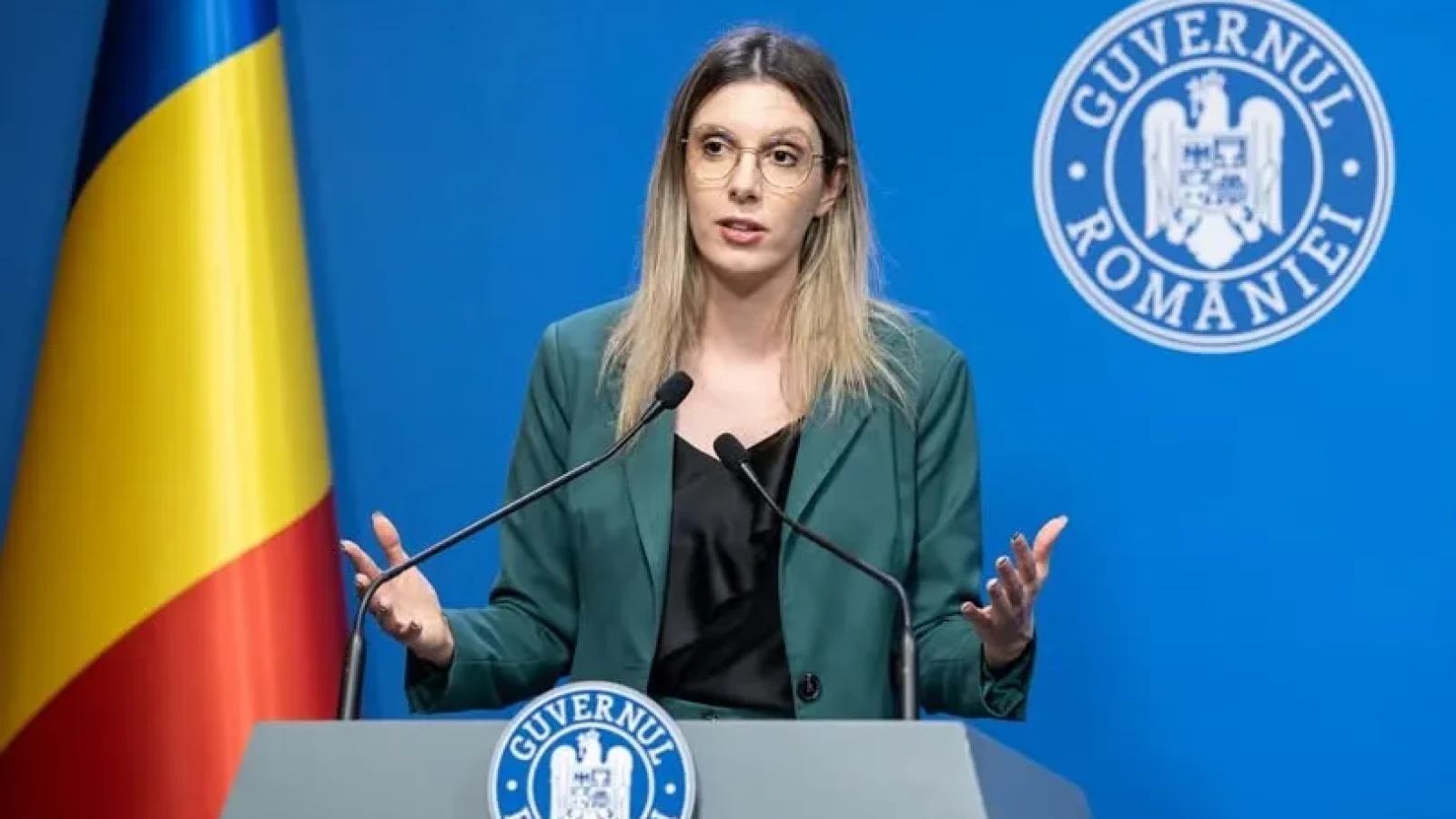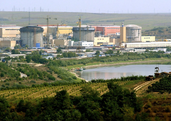We have convinced the European Commission to grant states an additional year, until 2028, for implementing the EU emissions trading system (ETS2) for buildings and road transport, Minister of Environment, Waters and Forests Diana Buzoianu wrote on her Facebook page on Thursday evening, conform Agerpres.
"The key result for Romania from last evening's negotiations? We have convinced the entire European Union and the European Commission to give states an extra year, until 2028, to implement the emission trading system for road transport and buildings! It is a crucial year which will allow us to prepare thoroughly, avoid price increases in two key areas (transport and construction) in an already very challenging economic context for Romania. Essentially, we have achieved a more realistic timetable for Romania while maintaining the common ambitions at European level," Buzoianu said.
She thanked all member states and the European Commission for a solution that reflects both the common mission and an understanding of different national contexts.
"Also, many thanks to Romania's Permanent Representation to the EU, Ambassador Iulia Matei - Ministry of Foreign Affairs - and her team of experts, who were our partners in this extremely important negotiation!," Diana Buzoianu concluded her post.
The Environment Ministers from the European Union met on Tuesday in Brussels to overcome differences on greenhouse gas reduction targets, just days before the opening of the UN Climate Change Conference (COP30) in Brazil, DPA and Reuters reported.
The ministers aimed to reach a common standpoint regarding the EU climate legislation for 2040, after the European Commission proposed a 90 percent reduction in net greenhouse gas (GHG) emissions by 2040 compared to 1990 levels.
The EU intends to achieve climate neutrality by 2050, meaning that no greenhouse gas emissions will be generated that cannot be absorbed either naturally or through technical means.
Currently, EU member states are required to reduce these emissions at the EU bloc level by 55 percent compared with 1990 levels by the end of this decade. However, member states are working to agree on new commitments amid economic concerns and geopolitical changes.
A potential compromise could include the possibility of offsetting a larger part of the emission reductions through internationally recognised climate certificates and a revision clause.
In order to adopt the decision, a qualified majority of at least 15 of the 27 EU member states, representing at least 65 percent of the total EU population, is required.
Subsequently, the new law will need to be finalised in the negotiations with the European Parliament.
Environment ministers were also due to adopt a separate commitment required by the 2015 Paris Agreement on climate change, just days before EU negotiators head to the COP30.
So far, EU countries have not managed to support a binding target and have only agreed on a indicative goal for a climate plan up to 2035, aiming to reduce greenhouse gas emissions by 66.25-72.5 percent compared with 1990 levels.
































Comentează